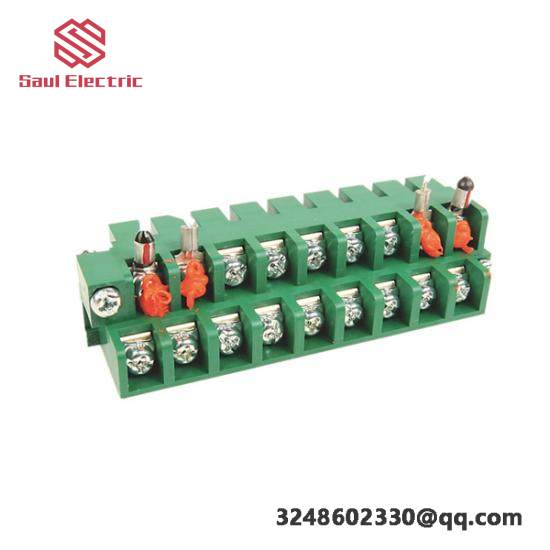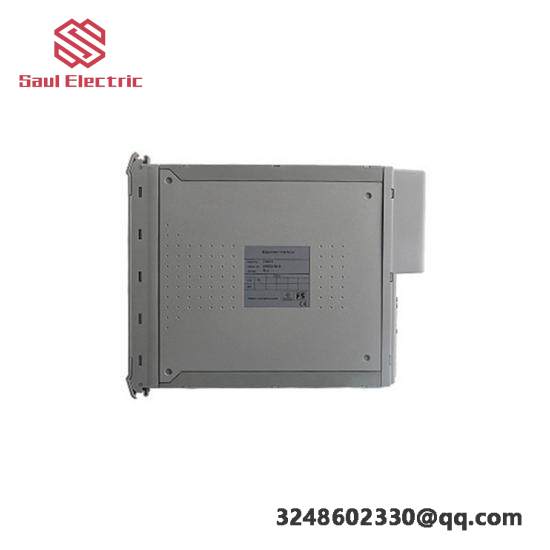Description
Processor Type:80188
I/O Points:512
Processor Speed:10 MHz
Weight:0.92 kg
Memory:8 MB
Safety Memory:4 MB
I/O Memory:0.98 MB
Non-Volatile Memory Storage:Optional 1 GB or 2 GB
Mounting:Chassis
Isolation:30 V (Continuous), Basic Insulation
USB Port to Backplane:Type Tested At 500 VAC For 60 SEC
Enclosure:Open Type
RFI Suppression:Radiated: 10 V/M With 1 KHZ Sine-Wave 80% AM From 80 – 2000 MHZ, 10 V/M With 200 Hz 50% Pulse 100% AM At 900 MHZ, 10 V/M With 200 Hz 50%
The Allen-Bradley Logix5571S ControlLogix Processor 1756-L71S is engineered to meet the demanding requirements of modern industrial automation environments. This PLC model is distinguished by its robust architecture and extensive feature set, ensuring seamless integration into complex control systems.
Featuring a 2 MB user memory, the processor provides ample space for custom programming and application development, enabling users to create sophisticated control logic tailored to specific process needs. The inclusion of 128,000 digital input/output (I/O) points and 4,000 analog I/Os ensures flexibility and scalability, catering to a wide range of industrial applications.
The built-in USB 2.0 programming/download port facilitates easy firmware updates and data transfer, enhancing operational efficiency and maintenance capabilities. The chassis mounting type supports secure installation within control panels or cabinets, ensuring reliable performance in harsh industrial conditions.
With an isolation level of 30 V continuous, the processor safeguards against electrical interference and potential damage, ensuring stable operation even in environments with high electrical noise. The open-type enclosure design promotes air circulation, reducing the risk of overheating and maintaining optimal performance.
Equipped with advanced RFI suppression measures, the Allen-Bradley Logix5571S ControlLogix Processor 1756-L71S ensures reliable operation amidst electromagnetic interference. This feature is crucial for maintaining system integrity and preventing disruptions in critical control processes.



























Reviews
There are no reviews yet.